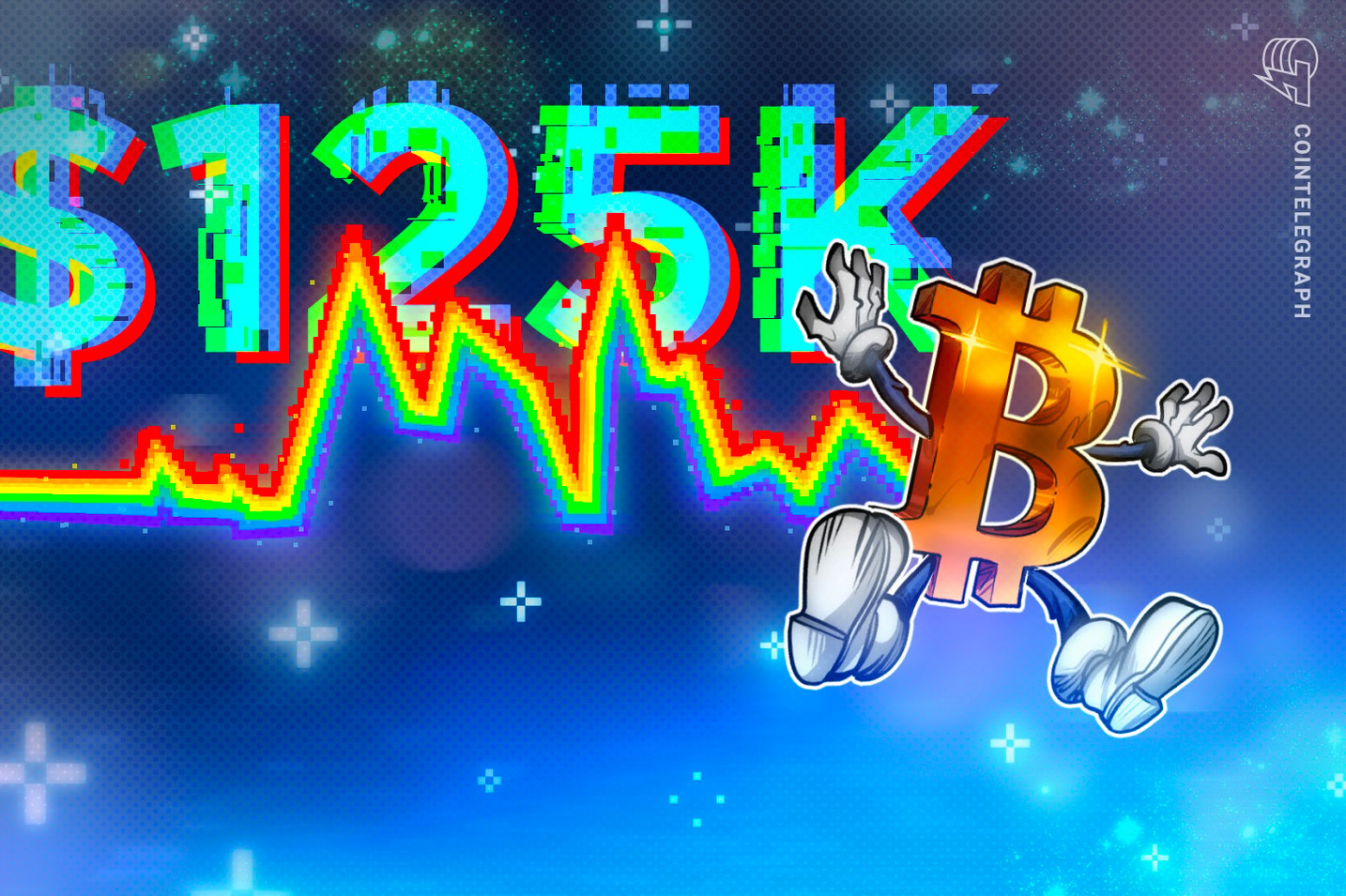Key takeaways:
Over $313 million in Bitcoin bearish positions were liquidated, signaling conditions for a short squeeze.
Gold’s momentum highlights investors’ search for alternatives as interest rate cut expectations gain traction.
Bitcoin (BTC) flirted with the $121,000 level on Thursday, marking its highest point in seven weeks. Bulls remain confident, noting that current conditions are far stronger than they were in mid-August when BTC briefly touched $124,000.
Beyond easing recession fears and gold’s supportive momentum, Bitcoin derivatives suggest traders were caught off guard, a setup that often creates the conditions for a short squeeze.
In contrast, gold had stalled near $3,400 for nearly two months prior to mid-August, when Bitcoin surged to its record high. At the time, global trade tensions were intensifying as the temporary 90-day China import tariff reduction by the United States expired on Aug. 12, fueling expectations of looming inflationary pressure.
Reduced inflation risks and gold returns favor Bitcoin gains
The most recent US Personal Consumption Expenditures Price Index, released Friday, showed a 2.9% increase from August, in line with analyst forecasts. With inflation no longer viewed as a pressing concern, traders gained confidence that the US Federal Reserve (Fed) would maintain its course toward additional interest rate cuts.
Traders who bought Bitcoin above $120,000 in August ended up disappointed, as import tariffs failed to negatively affect the US trade balance or retail sales, at least in the short term. Bitcoin’s October advance has coincided with a 16% rally in gold prices over six weeks, while World Gold Council data points to steady accumulation by central banks.
According to the CME FedWatch tool, the implied probability of the US Federal Reserve lowering rates to 3.50% or below by January 2024 now stands at 40%, compared with 18% in mid-August. Investors may welcome inflation’s current trajectory, but ongoing labor market weakness could challenge the recent S&P 500 all-time high, particularly amid uncertainty tied to the US government shutdown.
On Monday, US Federal Reserve Vice Chair Philip Jefferson voiced concern over the labor market, warning that it “could experience stress” if left unsupported. Jefferson attributed the pressure to US President Donald Trump’s trade, immigration, and other policies, according to Reuters. He added that these effects “will further show in coming months,” prompting traders to look for alternative hedge instruments.
Bitcoin derivatives and reduced AI sector concerns reduce sell pressure
In the three days leading to Bitcoin’s all-time high in mid-August, traders were pricing roughly equal odds of upward and downward price moves, according to derivatives data. Today, however, the same BTC options indicator signals a moderate fear of correction, with put (sell) options trading at a premium compared with call (buy) options.
More than $313 million in leveraged short (sell) Bitcoin futures positions were liquidated between Wednesday and Thursday, according to CoinGlass data. This further confirms that the rally above $120,000 caught markets by surprise, reducing the likelihood of heavy profit-taking in futures markets if bullish momentum holds.
Related: Bitcoin on TV: How shows like South Park influence crypto
Another factor easing short-term risks was OpenAI’s successful share sale at a record $500 billion valuation. The artificial intelligence sector had been facing heightened scrutiny following US export restrictions on advanced AI chips to China and Meta’s decision to freeze hiring in its AI division.
With investors showing stronger conviction in coming interest rate cuts in the US and perceiving less risk of a stock market correction, Bitcoin’s path toward $125,000 and higher appears increasingly plausible. Meanwhile, gold’s steady momentum highlights traders’ growing preference for alternatives to traditional bond and equity markets.
This article is for general information purposes and is not intended to be and should not be taken as legal or investment advice. The views, thoughts, and opinions expressed here are the author’s alone and do not necessarily reflect or represent the views and opinions of Cointelegraph.
